Determining the cost of renting space in a mall food court is a critical aspect of any aspiring entrepreneur’s business plan. The rental fees can vary widely based on several factors.
So in this comprehensive guide, we’ll explore the key elements that influence these costs and other important things you should know.
How Much Does It Cost to Rent Space in a Mall Food Court?
Renting a space within a mall food court entails diverse pricing factors. On average, the monthly rent hovers around $2,500. However, this figure exhibits considerable fluctuations based on variables like stall size, location, and food type.
Larger stalls strategically positioned in prime areas might command a hefty $5,000 monthly price tag, while smaller units in less desirable spots could be as affordable as $1,500.
Notably, stalls offering hot food options generally incur higher expenses than those serving solely cold fare, contributing to the spectrum of costs involved.
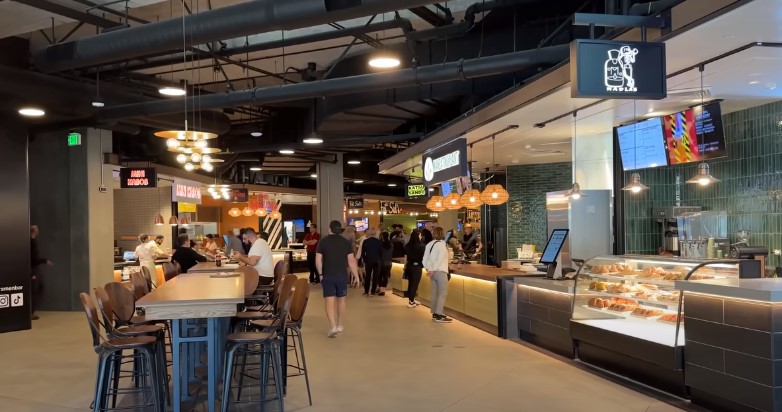
Different Factors That Influence the Cost of Renting Space in a Mall Food Court
Renting space in a mall food court is a popular choice for aspiring entrepreneurs looking to capitalize on the steady foot traffic and diverse customer base that malls attract.
However, determining the total cost of renting such space is a complex process, as it is influenced by numerous factors. Below are the key elements that impact the overall cost to rent space in a mall food court.
Location
The location of a mall food court stall is arguably the most crucial factor influencing the total cost of renting space. Malls situated in prime areas, such as bustling city centers or affluent neighborhoods, typically command higher foot traffic, leading to greater visibility and potential for increased sales.
Consequently, rental prices in such prestigious locations can be significantly higher compared to malls in less desirable or remote areas.
Stall Size
Stall size is another paramount aspect affecting the rental cost in a mall food court. Larger stalls offer greater seating capacity and more display area for products, enhancing the business’s potential to serve a larger number of customers simultaneously.
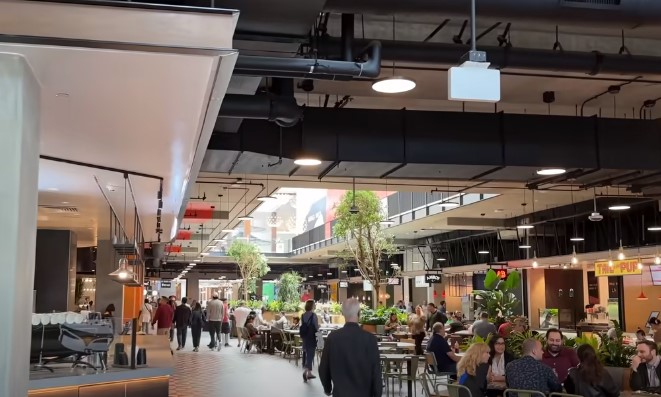
Consequently, larger spaces often come with steeper monthly rental fees. While a bigger space may be advantageous for some food businesses, it can also lead to increased overheads, making it crucial for entrepreneurs to find the right balance between space and affordability.
Type of Food Served
The type of food served in a mall food court stall plays a pivotal role in determining the rental cost. Stalls offering hot and freshly cooked meals typically require more extensive kitchen facilities, ventilation, and safety measures, leading to higher rental expenses.
On the other hand, stalls that serve only cold or pre-packaged food items may have lower rental costs due to reduced infrastructure requirements. It is essential for entrepreneurs to carefully consider their food offerings and the associated costs when selecting a suitable space.
Mall Prestige
The reputation and prestige of the mall where the food court is located can also significantly influence rental costs. Established malls with a strong track record of attracting high-end retailers and restaurants often charge a premium for their spaces.
Being associated with a prestigious mall can boost a business’s brand image, attracting a more affluent clientele, but it comes at a cost that may be prohibitive for some startups or small businesses.
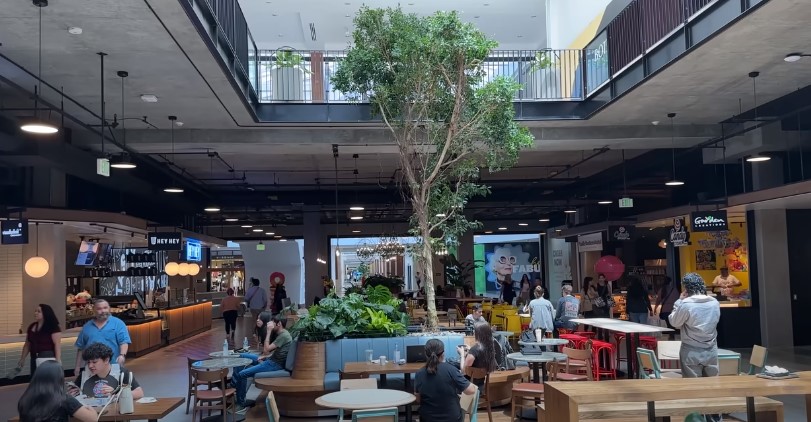
Foot Traffic and Visibility
The level of foot traffic and visibility within a mall food court can be a game-changer for businesses. Stalls positioned near major entrances, anchor stores, or popular attractions within the mall are more likely to attract higher footfall and, subsequently, generate increased revenue.
However, these prime spots typically demand higher rental fees due to their strategic advantage. Businesses with a limited budget may opt for less prominent locations with more affordable rental rates but could face challenges in gaining visibility and customer flow.
Lease Term and Flexibility
The lease term and flexibility of rental agreements can have a significant impact on the total cost to rent space in a mall food court.
Longer-term leases may offer more stable rental rates, providing businesses with financial predictability, but they could also lock entrepreneurs into agreements with limited room for adjustment in case of changing market conditions.
Shorter-term leases may allow for more flexibility but may come with the risk of rental increases after each renewal.
Business Demand and Competition
The demand for mall food court space and the level of competition among businesses vying for a spot can also influence rental costs. In highly sought-after malls with limited available space, landlords may charge higher rents due to the high demand and the desire to maximize profits.
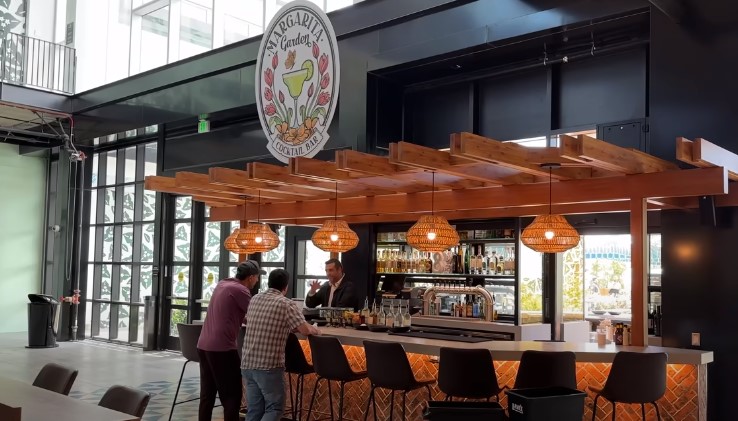
Conversely, malls with vacant stalls and lower demand may offer more competitive rental rates to attract tenants and fill empty spaces.
Why Should You Rent Space in a Mall Food Court?
Renting space in a mall food court presents a compelling opportunity for aspiring entrepreneurs seeking a prime location to establish their food business. Mall food courts offer numerous advantages, ranging from high foot traffic to a diverse customer base and a built-in supportive infrastructure.
Below are the key reasons why renting space in a mall food court can be a strategic and advantageous move for your food business.
Access to High Foot Traffic
One of the primary reasons to consider renting space in a mall food court is the access to a high volume of foot traffic. Malls are popular destinations for shoppers, families, and individuals seeking entertainment and recreation.
As a result, food courts become bustling hubs of activity, ensuring a steady flow of potential customers throughout the day. With an already captive customer base, businesses in mall food courts can benefit from increased exposure and sales opportunities.
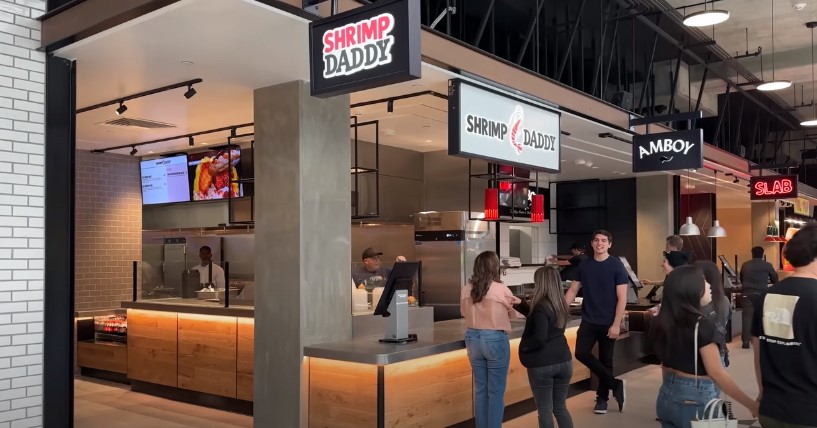
Diverse Customer Demographics
Mall food courts attract a diverse range of customers with varying tastes and preferences. From young families to working professionals and tourists, people from different backgrounds and cultures converge in these areas, creating a unique opportunity for food businesses to cater to a wide spectrum of customers.
This diversity allows for experimenting with various cuisines and concepts, providing businesses with the chance to attract a broader audience.
Built-in Amenities and Infrastructure
Renting space in a mall food court offers the advantage of having access to existing amenities and infrastructure. Unlike standalone locations, food court stalls often come equipped with utilities, shared seating areas, and communal facilities.
This can significantly reduce initial setup costs, as businesses can leverage the mall’s existing infrastructure rather than investing in building from scratch. Additionally, maintenance and security are generally handled by mall management, easing the burden on business owners.
Exposure and Brand Visibility
Mall food courts provide businesses with an excellent platform for brand exposure and visibility. With a large number of visitors passing by every day, stalls have the potential to reach a broad audience without the need for extensive marketing efforts.
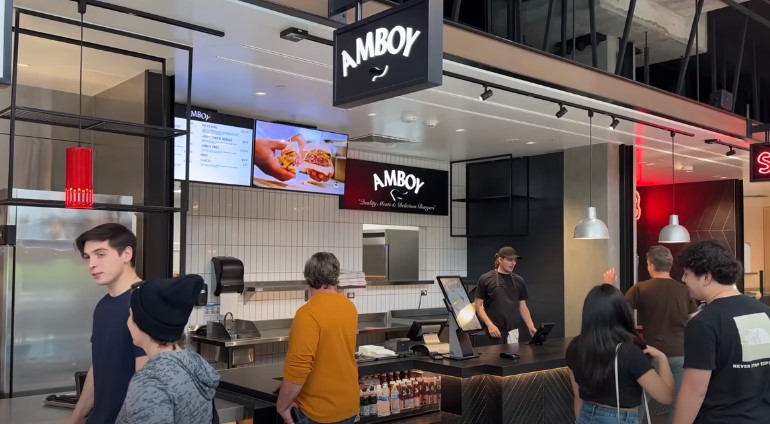
Eye-catching displays and attractive signage can enhance brand recall and draw more customers to the stall. Moreover, positive word-of-mouth and social media sharing from satisfied customers can further amplify brand awareness.
Synergy With Surrounding Retailers
Mall food courts often foster a sense of community among businesses sharing the space. This environment creates collaborative opportunities, such as cross-promotions and joint events, with neighboring retailers and eateries.
Leveraging the collective audience of surrounding businesses can enhance exposure and create a sense of excitement and novelty, driving more traffic to all participating stalls.
Testing and Validating Concepts
For new food businesses or entrepreneurs looking to test new concepts, renting space in a mall food court offers a relatively low-risk approach. Compared to leasing a standalone location with higher upfront costs and commitments, a mall food court stall allows for a more affordable and flexible venture.
This setup enables entrepreneurs to gauge market response, fine-tune their offerings, and validate their business model before considering expansion or further investment.

Regulatory and Safety Compliance
Mall food courts typically adhere to strict regulatory and safety standards. By renting space within a mall, businesses can benefit from a streamlined process for obtaining necessary permits and certifications.
Mall management often assists tenants in ensuring compliance with health and safety regulations, simplifying the administrative burden for food business owners.
Longer Operating Hours
Malls generally have longer operating hours compared to standalone eateries, especially during weekends and holiday seasons. This extended business reach allows food court stalls to cater to various customer needs throughout the day and capitalize on late-night shoppers and moviegoers.
Longer operating hours can significantly contribute to increasing sales and revenue potential for businesses in the mall food court.
Is 30% of Your Income a Good Amount to Spend on Rent?
Spending 30% of your income on renting space in a mall food court is a general benchmark that may not be directly applicable to this specific business scenario. Unlike personal housing expenses, renting space in a mall food court involves operating a business, and the financial considerations are distinct.

While 30% is commonly suggested for housing to ensure financial stability, the cost of renting mall food court space varies significantly based on factors such as location, foot traffic, stall size, and potential revenue.
Entrepreneurs must conduct thorough market research, including projected sales and expenses, to determine a suitable budget for rent that aligns with their business goals and financial capabilities. Prioritizing affordability while also considering the potential benefits of a prime location and exposure is crucial.
Careful financial planning and negotiation with mall management are essential to ensure that the cost of renting space in a mall food court is an economically viable decision for the success of the food business.
What is a Good Rent-to-Sales Ratio for a Space in a Mall Food Court?
A good rent-to-sales ratio for a space in a mall food court typically ranges from 5% to 15%. This ratio is a crucial metric used to assess the financial viability of the business, as it indicates the proportion of sales revenue allocated to cover the rent expense.

A lower rent-to-sales ratio suggests that the business is efficiently managing its costs and generating sufficient revenue to cover the rent comfortably. However, the ideal ratio can vary based on factors such as location, type of food served, and the overall financial health of the business.
In high-footfall areas or prestigious malls, a slightly higher rent-to-sales ratio may be acceptable due to increased exposure and the potential for higher sales. On the other hand, businesses in more competitive or lower foot traffic locations may strive for a lower rent-to-sales ratio to ensure better profitability.
Striking the right balance between rent affordability and generating adequate sales revenue is vital for the long-term success of a food business in a mall food court.
Is Investing in a Space in a Mall Food Court the Right Choice for You?
Deciding whether investing in a space in a mall food court is the right choice for you requires a comprehensive evaluation of various factors. While a mall food court offers enticing advantages, it may not be the ideal fit for every entrepreneur or food business.
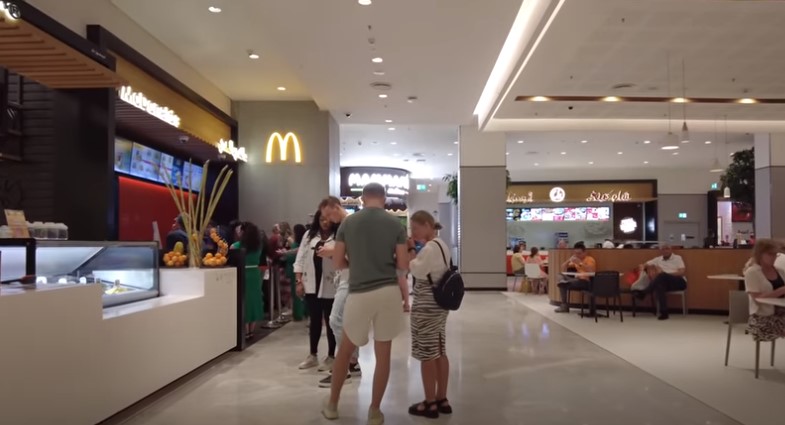
Firstly, consider your target market and the type of food you plan to serve. Mall food courts attract diverse demographics, which can be advantageous for businesses with a broad appeal. However, niche or specialized food concepts may struggle to find their audience in such a setting.
Assessing your financial capacity is crucial. Renting space in a mall food court can be expensive, and businesses must be prepared for higher overhead costs compared to standalone locations. Conduct a thorough analysis of potential revenue and operational expenses, factoring in marketing, staffing, and supplies.
Market research is vital to understanding the mall’s foot traffic, existing competition, and overall business climate. While high foot traffic is advantageous, it also means intense competition, making it essential to offer unique value propositions or stand out in some way.
Evaluate the location of the mall and its relevance to your target audience. A prime location can attract more customers, but it may come with a higher rental cost. Alternatively, a less prestigious mall might offer more affordable rents, but the foot traffic could be lower.
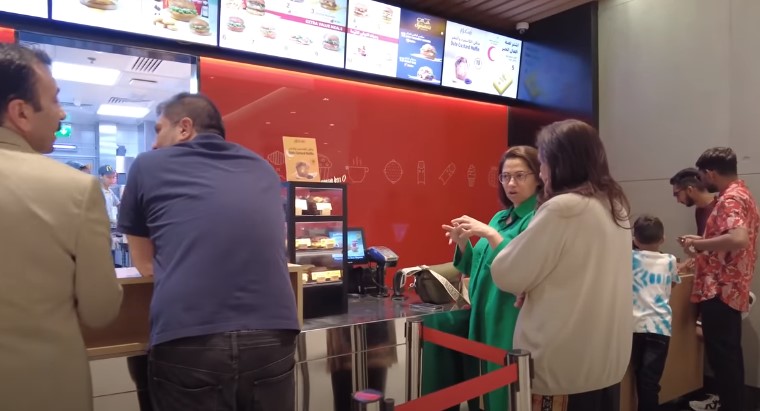
Consider your marketing strategy and how you will create brand awareness. While a mall food court offers exposure, businesses must invest in effective marketing efforts to attract and retain customers. Building a loyal customer base [1] is essential for long-term success.
Conclusion
The cost of renting space in a mall food court varies significantly based on location, stall size, food type, and mall prestige. Thorough market research and financial planning are essential to make informed decisions in this dynamic retail environment.

